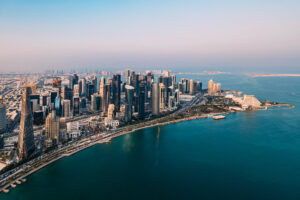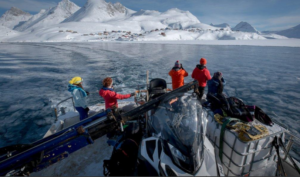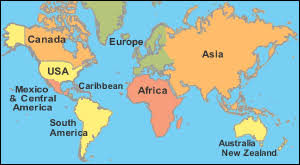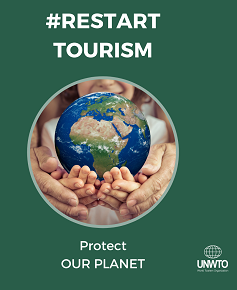Mount Everest climbing season wraps up with fewer deaths
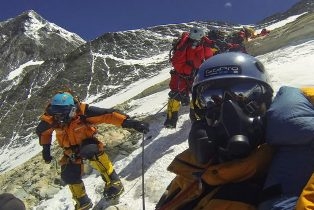
By Kate Allen –
In the coming days, a final few brave climbers will attempt to reach the peak of Mount Everest before monsoons blow in and end the 2013 climbing season on the world’s highest mountain.
But most commercial guiding companies are breathing a collective sigh of relief. Nearly all of the hundreds of people who successfully summited Everest during the short annual climbing window are off the mountain and heading home.
If that sigh sounds louder than normal, there’s good cause. This was the first year since 2012’s disastrous Everest season, when 10 people died, including a woman from Toronto, in circumstances that made global headlines.
“We are all very sensitive to this,” says International Mountain Guides co-owner Eric Simonson, referring to Everest’s community of commercial guides and professional climbers.
“Absolutely last year (there were) problems, and I think everyone worked hard this year to try to resolve them.”
A high-altitude brawl in April between veteran climbers and Sherpas generated negative news coverage. But otherwise, the 2013 season was filled with stories of triumph: an 80-year-old Japanese man on Thursday became the oldest person to climb Everest (a record that will fall if his 81-year-old Nepalese rival successfully ascends in the coming days); a few days earlier, a 27-year-old became the first Saudi woman to reach the summit.
According to unofficial but reliable tallies, eight people died on Everest this year. Four were local Sherpas and four were Western climbers. That is, of course, only two fewer fatalities than in 2012.
Alan Arnette, an esteemed Everest blogger, says while all deaths are tragic, the numbers this year are “within the expected range.” Most of the world’s popular mountains see similar tallies, he says.
Veterans agree that the fatality numbers were never the problem in 2012 — it was the systemic problems those deaths exposed, problems that continue today.
For all but the most advanced climbers, scaling the summit of Everest is only possible for a brief window between seasons. All winter, a jet stream blows over the 8,850-metre peak, creating 150 km/h winds. In spring, however, monsoons begin forming in the Bay of Bengal and bend the jet stream off course. After the winds die down, and before the monsoons create a new set of dangers, Everest becomes easier to scale.
That opening almost always occurs mid-May. But the length of window is variable, and in 2012, weather reports indicated it would last only two days. Hundreds of people attempted the climb on the same day, creating long, dangerous waits in low-oxygen conditions.
Some operators believe Everest is overcrowded and that the Nepalese government should limit the number of permits it issues to climb the mountain. But most believe that was not what killed those 10 people in 2012, especially because a similar number died this year, when the window opened for eight consecutive days.
“It wasn’t the weather. It was the irresponsibility of operators,” says Becky Rippel of B.C.-based Peak Freaks, which has been guiding Everest climbs for 23 years.
Veterans of Everest say low-cost, fly-by-night operators have proliferated. And inexperienced climbers sign up with them because they don’t know any better.
The Nepalese government does not regulate a commercial guides. “Anybody can build a website today and then they scarf pictures from Facebook and then they’re an expedition operator,” says Rippel.
Shriya Shah-Klorfine, the Toronto woman who died last year near Everest’s peak, had hired an operator that the most diplomatic in the Everest community describe as “not a household name.” But witnesses reported that Shah-Klorfine, who had little to no mountain-climbing experience, refused those urging her to turn back as she struggled on the ascent.
It’s too early to say how the four Western climbers who died this year perished. But long-time Everest guides, even as they celebrate a successful 2013 season, want to see better protections for climbers.“At the end of the day, it comes down to educating the consumer,” Simonson says.
Source – thestar.com



